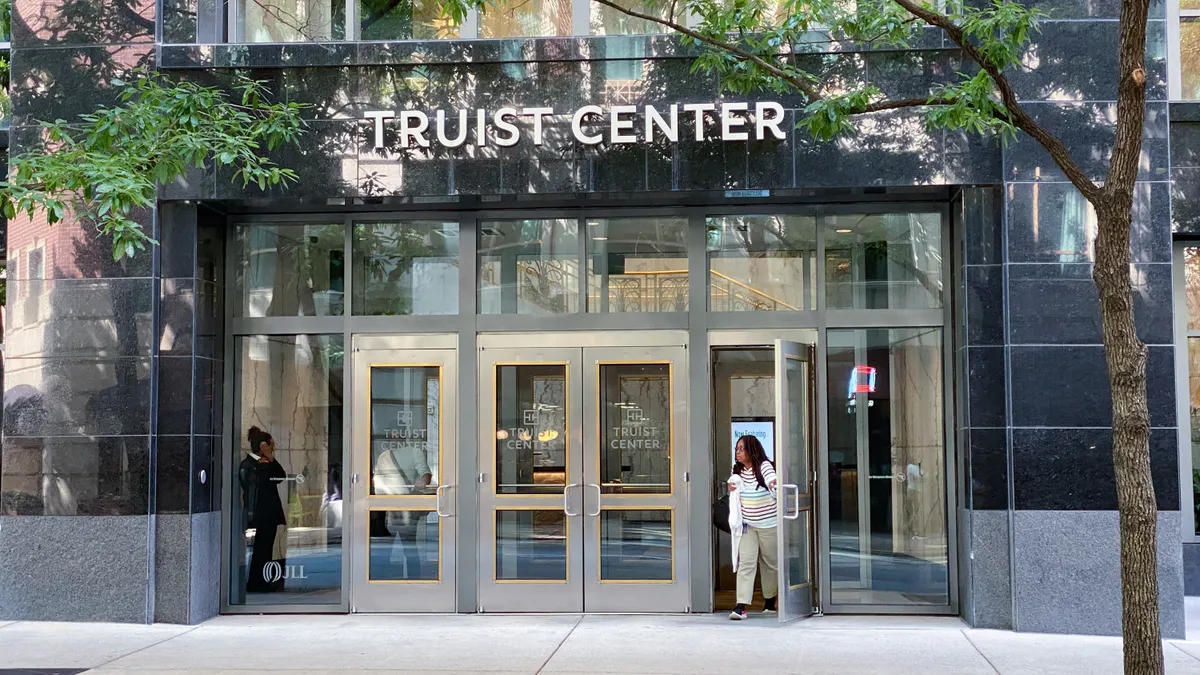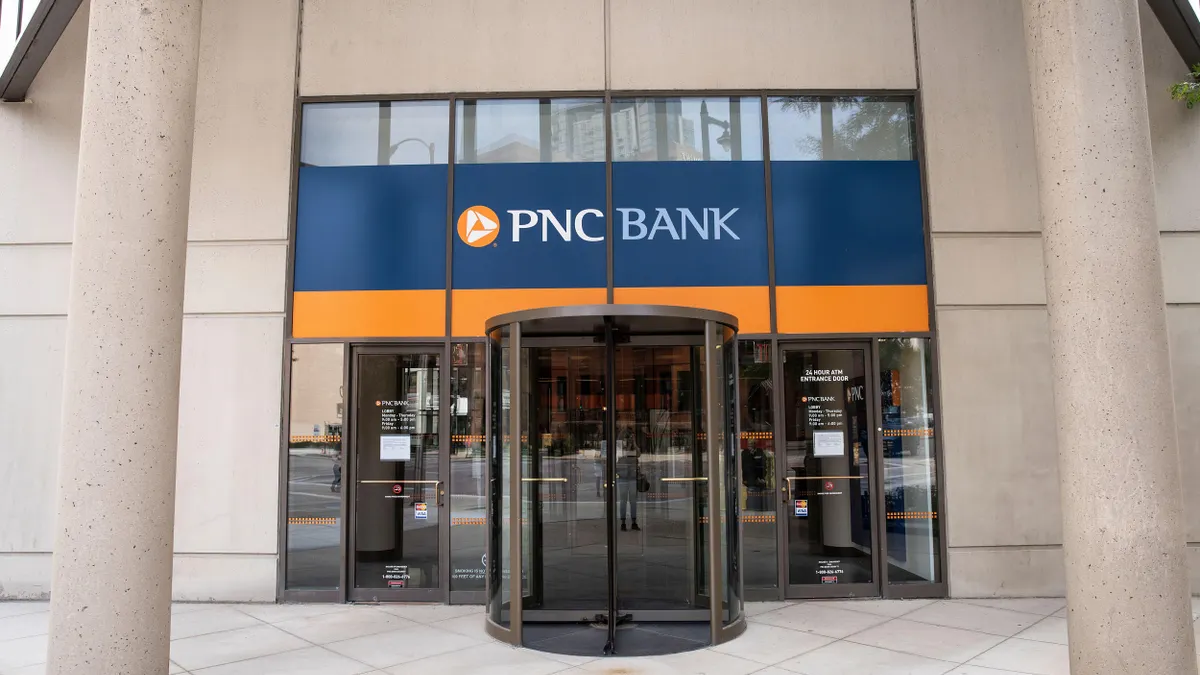U.S. Bank is partnering with construction finance software company Built to manage construction loans for home-building companies, a sector that has been experiencing considerable growth amid the coronavirus pandemic.
Jason Park, who heads the bank's Housing Capital Company, a division of U.S. Bank that specializes in offering full-service banking to private and public homebuilders, said Built's technology streamlines the sector's labor-intensive lending process by bringing all relevant parties onto one digital platform.
"This lending segment takes a lot of people and a lot of support staff," Park said. "In the construction of individual units, relative to the commercial real estate space where you might be doing one large single project, the money movement, the administration and the monitoring of the collateral is multilayered and very complex."
Park said U.S. Bank's partnership with Built allows multiple parties access to one cloud-based hub for all data, files and communication.
"Everyone can go in, whether it's an inspector, an appraiser, the client themselves, or U.S. Bank, they can see, for a particular project, the loan details, the loan budget and construction status," said Park. "They can submit draw requests all in one digital environment. It's bringing the client, all the stakeholders and the lender together under one digital ecosystem."
Prior to using Built's software, Park said, U.S. Bank's housing capital division had been using Excel spreadsheets to monitor the day-to-day budgets and collateral of its homebuilder construction loans.
"Now we put that all into a web-based platform system that does the monitoring and administration for you in a digital environment," he said. "You don't have the constant uploading and downloading of information and the risk for data input errors."
Park said the software allows the bank to redeploy resources from manual and duplicative work to other areas that add value to the firm.
U.S. Bank's total loan book in the homebuilder space is roughly $5 billion, which includes secured project loans, as well as unsecured corporate credits, Park said.
The Minneapolis-based lender has approximately 100 professional homebuilder clients nationwide ranging from community regional builders to national public homebuilders, Park said.
The homebuilder space has been one of the best-performing sectors within the commercial real estate umbrella, driven largely by trends that have emerged amid the coronavirus pandemic, Park said.
"People want more space," he said. "Folks have moved out into the suburbs and are buying homes."
Despite homebuilders pulling the reins and slowing their land spend in the early days of the pandemic, Park said many found that the demand didn't change.
"COVID has really been a great accelerator, if you think about what it's become for the homebuilder space," he said. "Most of our builders experienced record sales volume in 2020."
New residential construction projects totaled 1.38 million last year, a 7% gain over the 1.29 million total from 2019, according to data from the Census Bureau and National Association of Home Builders.
"Even when things were essentially shut down for 60 days, they still had year-over-year sales increases from 2019, and that momentum has carried into 2021 as we continue to see the demand for housing being very strong," Park said, adding the favorable mortgage environment is also fueling demand.
The booming homebuilders market, however, didn't factor into U.S. Bank's decision to partner with Built, Park said.
"We would have done this regardless," Park said. "We're a bank that wants to stay a step ahead. [Built's] mission statement is basically to be the platform that helps manage risks, maximize productivity and improve the overall customer experience. And that aligns so well with the U.S. Bank mentality and approach.
"We're a conservative institution. We look to first and foremost manage risk for our shareholders. And we want to maximize our productivity, and we also want to serve our clients. So it was a natural kind of pairing," he said.













